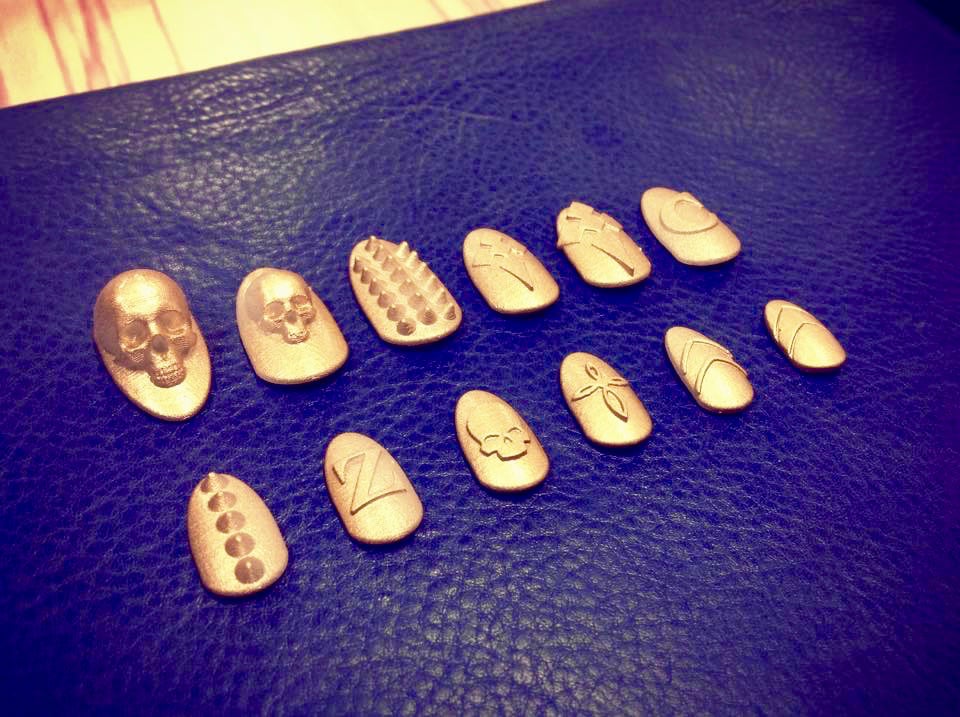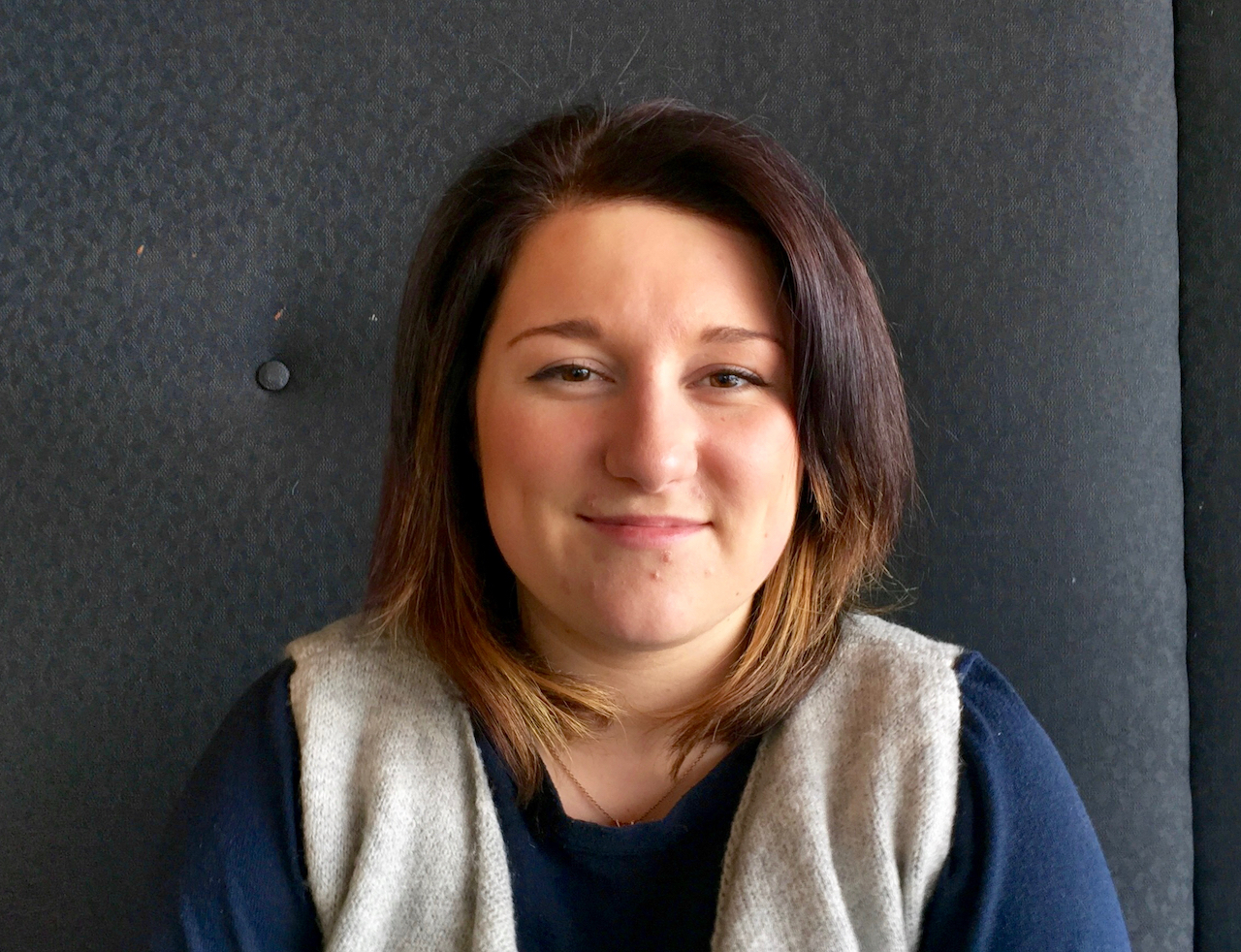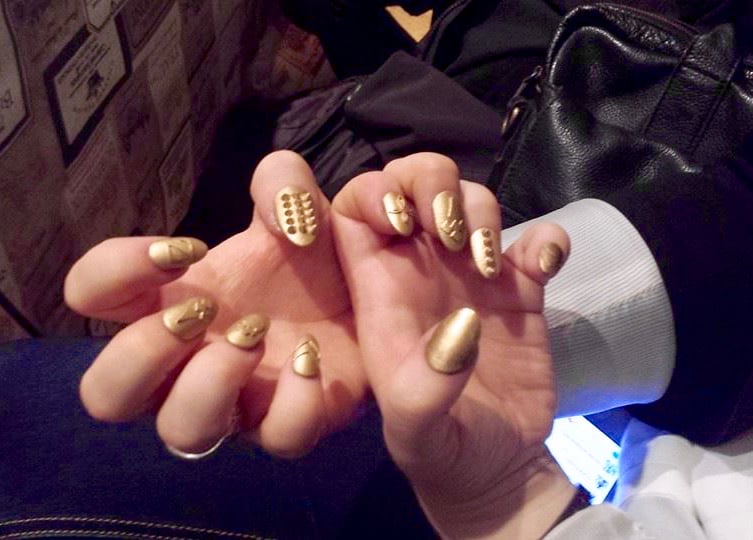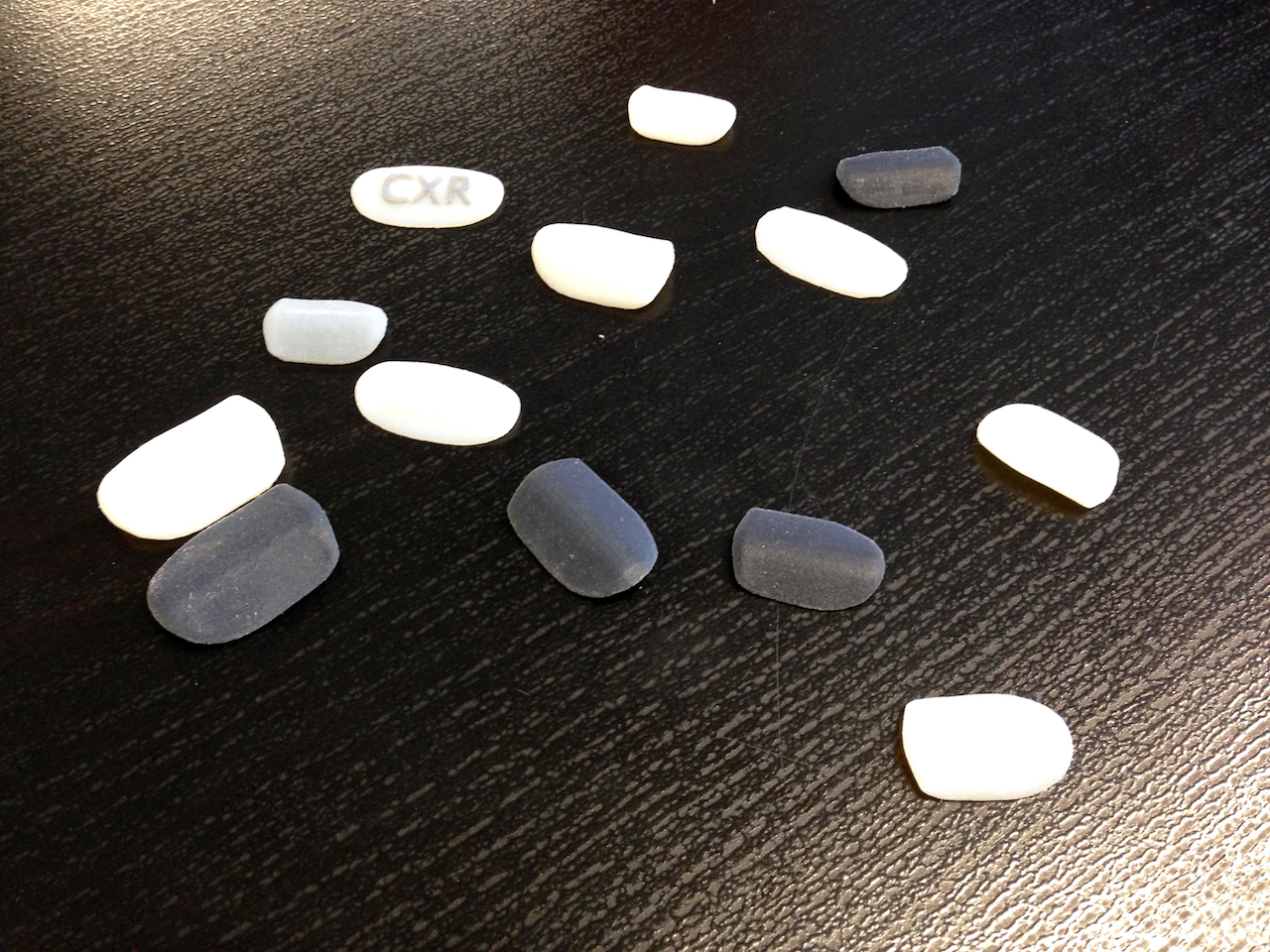
This is part 1 of a two-part series exploring the fate of a 3D printing startup.
They’re stunningly beautiful; 3D printed and gold-plated fashion nails made by CLAWZ.
But you cannot buy them, not at any price.
The reason why is quite simple: CLAWZ, once a promising startup attempting to leverage 3D printing into a large business, ceased operations in 2015.
With the explosion of 3D printing startups recently, it’s instructive to examine the story of CLAWZ to see how they navigated the lifecycle of a business. There are key lessons found in this story that could be applicable to others wishing to somehow capitalize on the growing interest in 3D printing and related technologies.
So let’s tell that story now.

CLAWZ was the brainchild of young Canadian entrepreneur Avery-Anne Gervais, who, after a few short years of working on and with small startup companies, decided to do something on her own, something bigger.
The then twenty-one year old, who had just obtained a diploma in Financial Services, had heard the buzz about 3D printing. At that time (2013) the technology was near the “peak of inflated expectations” on the Gartner scale of technology hype.
Gervais attended a workshop on 3D printing concepts and realized she could actually launch a business linking her two passions: fashion and technology. Her idea was, at least initially, quite straightforward: produce custom 3D printed fashion nails and sell for profit. She had seen a similar venture, The Laser Girls, launch earlier, but wanted to do better and scale up to much higher levels.
When you think about such a business, it makes a lot of sense:
- Nails are quite small in volume, meaning the cost and time to produce the required 3D prints would be minimized
- Nails can be adorned with an infinite number of shapes by artistic 3D modelers
- As a fashion item, many different themes could be explored to find those most popular among buyers
- Print production could be outsourced to commercial print services that employ high quality equipment
- Sizing of nails could be done by simply producing several sets of varying dimensions, eliminating the need for direct customer measurement activities and enabling web-based sales channels
- And everyone has nails!

Sounds like a very good idea, doesn’t it? Gervais thought so too and launched the project on her own in August of 2014. She began by seeking suitable artists to perform the 3D modeling and 3D print services that could produce the nails.
Gervais’ first big break occurred when she was offered a spot at the very well-known SOSV China Accelerator in Shanghai. This invitation enabled CLAWZ to have office space, mentoring, some initial funding and most importantly, connections to those knowledgable in the 3D printing world. This particular accelerator, of the seven in that chain of accelerators, knew the most about emerging technologies in eCommerce and was therefore the place for Gervais to land, if CLAWZ was to offer online customization of the nails.

At this point, you’d think it would be a simple matter of creating some designs, organizing production and wrapping it all up in an online web sales platform.
It should have been, but it didn’t turn out that way.

First, the 3D modeling. Gervais’ plan was to use freelancers to develop the necessary 3D models for the first sets of nails. However, in spite of considerable searching, she never found anyone in China that could do the job. It’s not that designers there were incapable of doing so, it was that they were always either too busy or working for expensive agencies. Gervais was able to find a suitable designer in the USA, but with the higher rates required for North American labor, she was unable to land them within budget.
Production setup to manufacture the nails was equally challenging. Gervais’ first stops were the well known 3D print service providers, such as Shapeways, i.Materialise and others.

But then things got worse. While the major 3D print service providers could actually produce the required nails, they could not do so at a unit price that would enable Gervais to set a retail price at which buyers would choose to make a purchase. The 3D print service costs were simply too high, even on these very small items. Even worse, the delivery charges and delivery times (sometimes up to three weeks) to China were unacceptable for Gervais’ financial and operational equations.
One important aspect of production was to set up an electronic gateway between her website and the behind-the-scenes manufacturer. She received quotations for such a setup from several vendors and was surprised to find the price absurdly high, far beyond the small company’s budget and certainly incompatible with the target retail price for 3D printed nails.

The sum of these issues began to jeopardize the project, even though those 3D print services could produce the product in sufficient volumes. Gervais explained that use of these popular 3D print services was “never feasible” for her project.
But that wasn’t the end of the game by any means.
Stay tuned for the conclusion in part 2.

